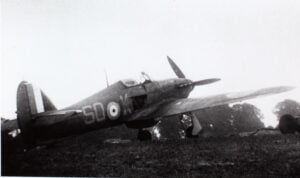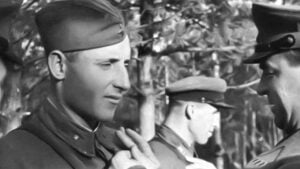Britain’s Disastrous WWII Fighter Plane
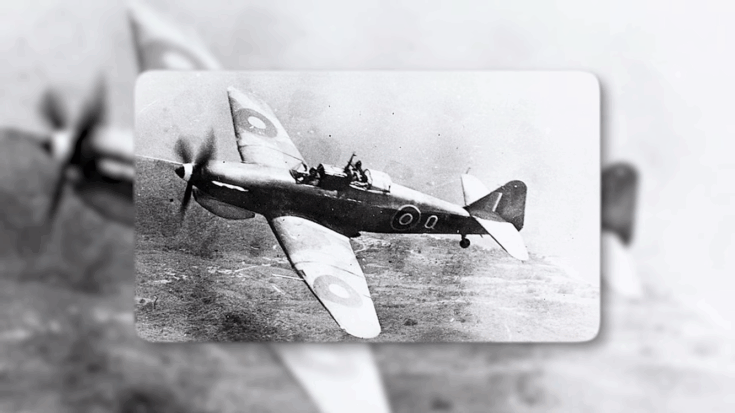
YouTube / Today I Found Out
The Bolton Paul Defiant emerged from a 1935 Air Ministry idea that a two seat turret fighter could stop high speed bombers. Military planners believed that modern bombers would always reach their targets unless intercepted by a gunner who could fire in any direction. This doctrine drew from First World War tactics that relied on flexible mounts and rear gunners rather than fixed forward guns. The result was a modern looking aircraft with a fundamental design flaw. It carried a powered four gun turret but no forward firing armament.
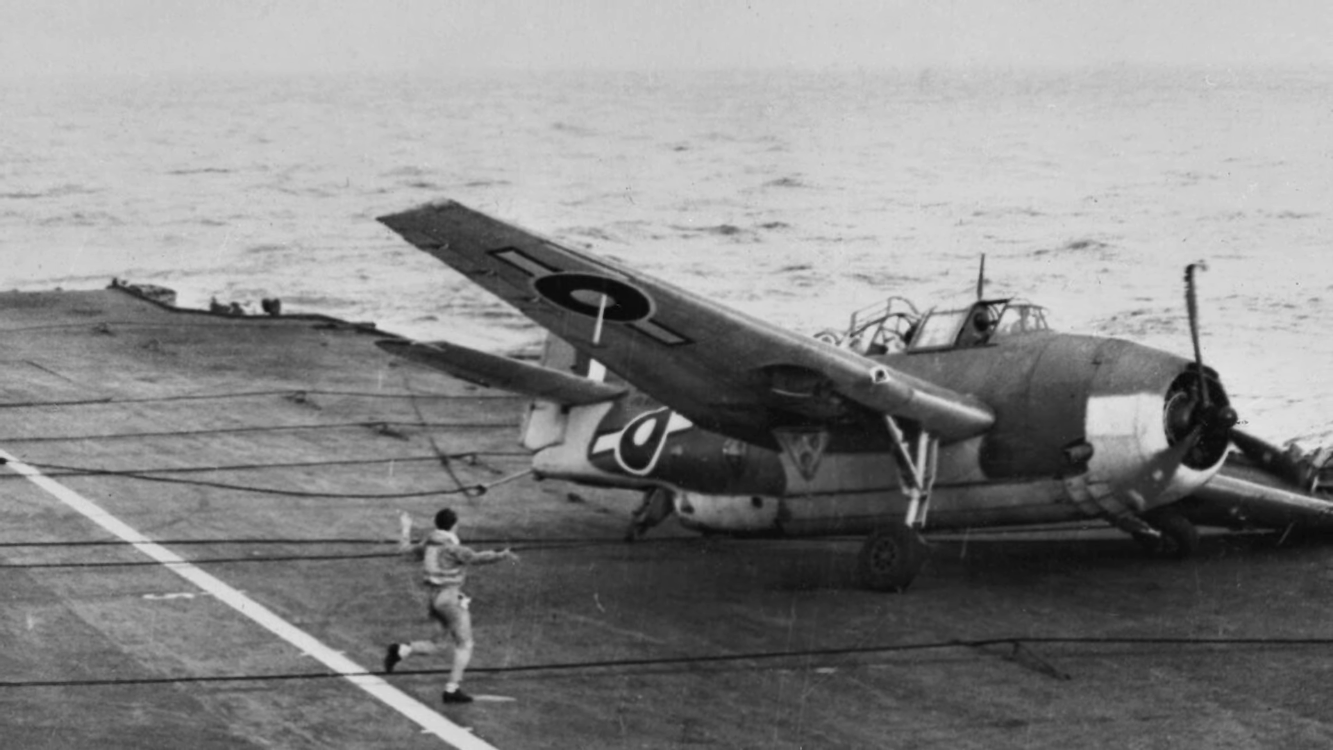
Design Features and Limitations
The Defiant used the same Rolls Royce Merlin engine found in the Spitfire and the Hurricane, yet its heavy turret and added drag reduced speed and climb performance. The turret itself was compact and hydraulically powered, but many gunners described it as cramped and difficult to enter or exit. Emergency forward firing was technically possible by rotating the turret ahead, although the pilot lacked a gunsight and the guns had to be tilted upward to clear the propeller arc. In normal use, the guns could not fire directly ahead and could not point downward, which created large blind zones.
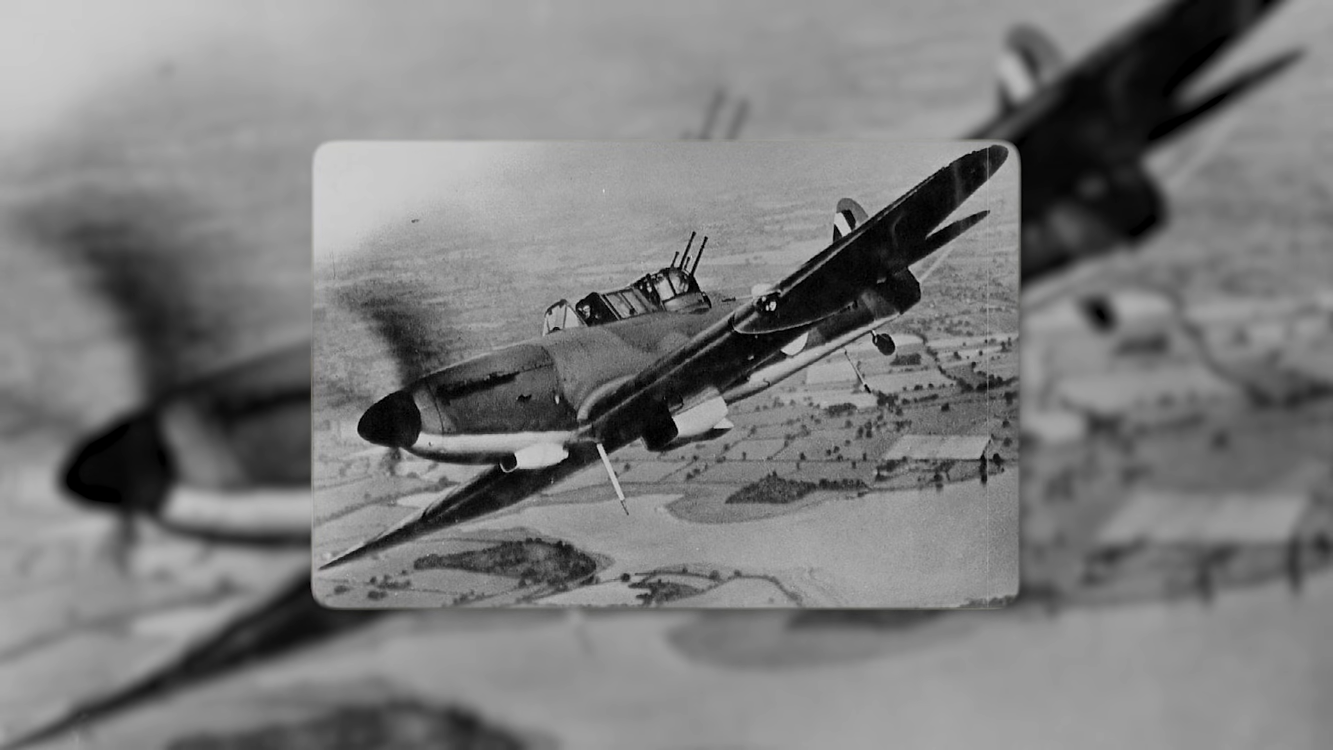
Early Combat and Rapid Decline
The Defiant entered service late and equipped only two squadrons at the start of the war. It performed reasonably well during its first sorties over the Netherlands and northern France where crews targeted German bombers and dive attackers. The aircraft also took part in the evacuation at Dunkirk and claimed a high number of victories in a single day. Luftwaffe pilots initially mistook the Defiant for a Hurricane and attacked from behind, which exposed them to the turret guns.
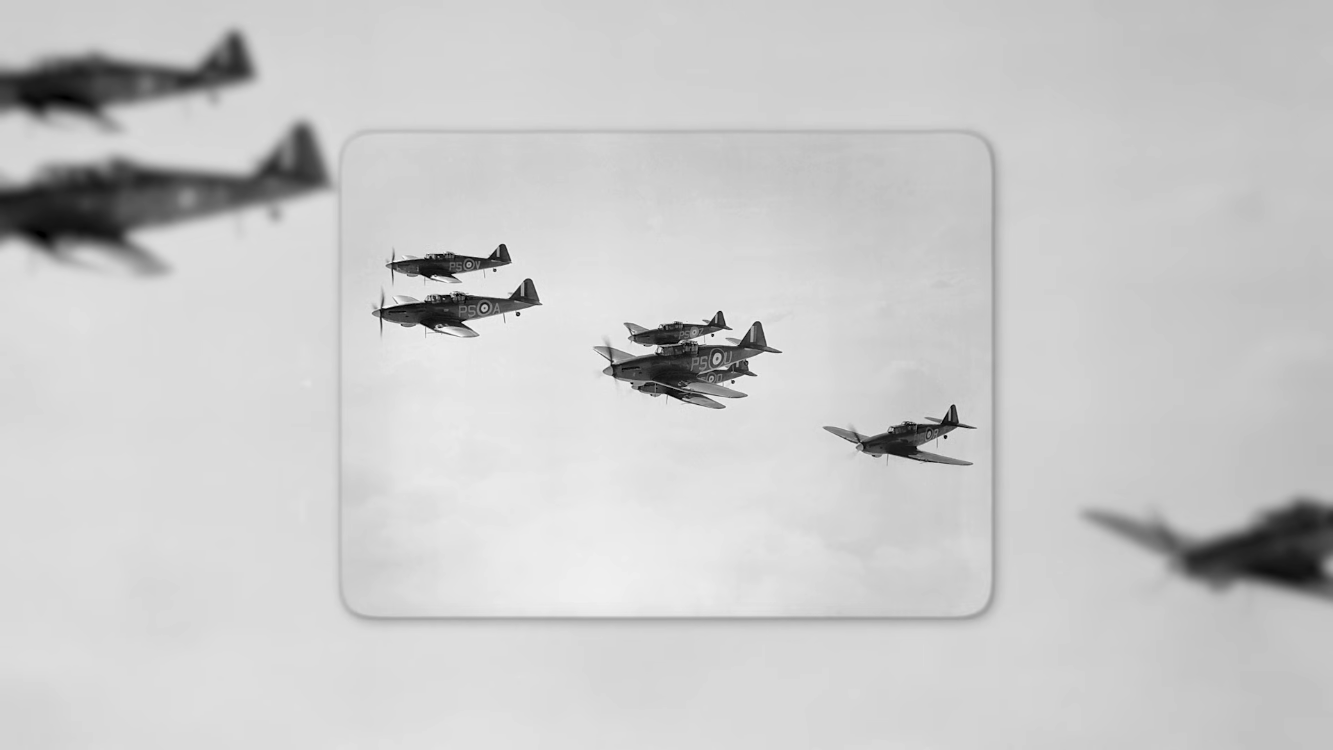
Once German pilots learned its limitations, the aircraft suffered heavy losses. Fighters approached from below or directly ahead where the turret could not respond. The aircraft lacked the speed and maneuverability needed to escape modern interceptors. These shortcomings made day operations unsustainable.
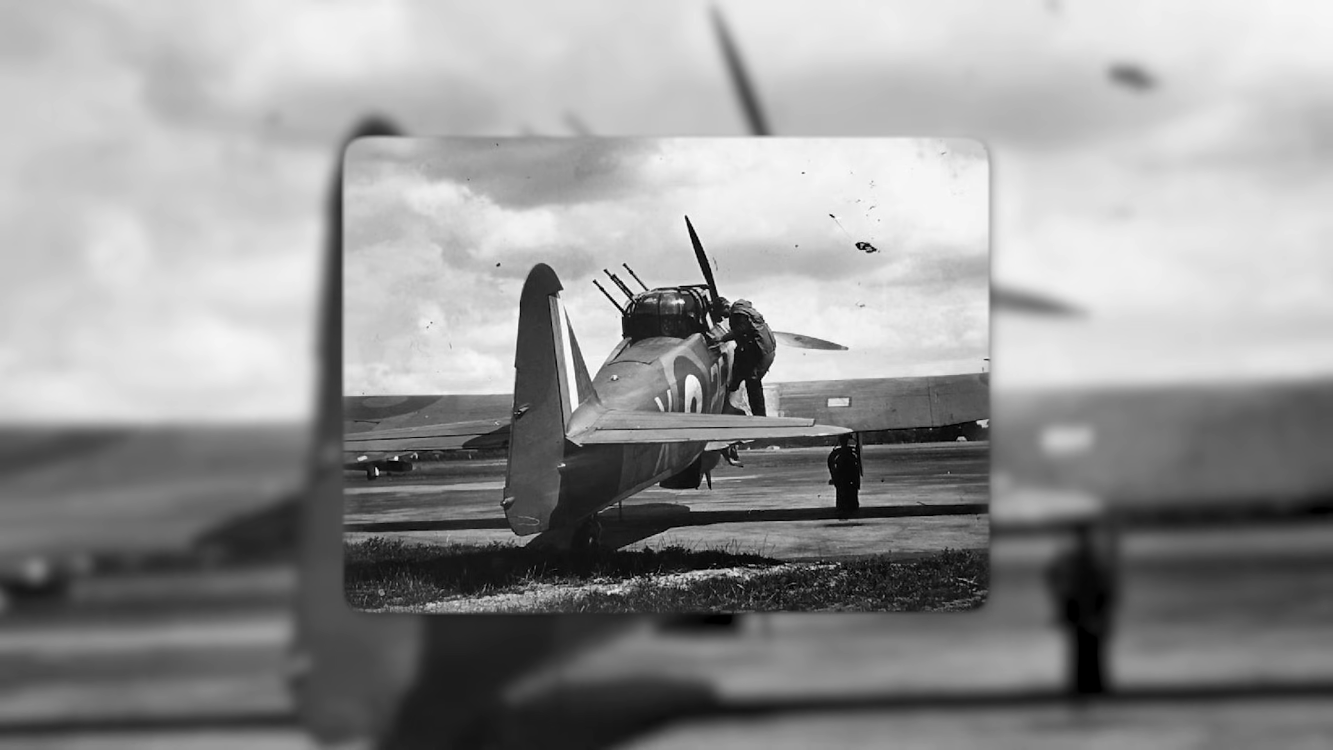
A Shift to Night Interception
RAF commanders reassigned the Defiant to night fighter units. The turret allowed stable firing passes against slow moving bombers in darkness and early radar sets improved its effectiveness. Crews achieved better survival rates and contributed to home defense. Even so, newer designs soon replaced it. By 1942 the Defiant moved to training and air sea rescue roles before being retired.

Assessment
The Bolton Paul Defiant reflected the rapid pace of aviation change in the 1930s. Its concept was obsolete by the time it flew and its drawbacks became clear during the Battle of Britain. Its service as a night fighter provided useful results, yet the design never met its original purpose. The aircraft stands as a study in how fast prewar doctrine could fall behind technical reality.


















